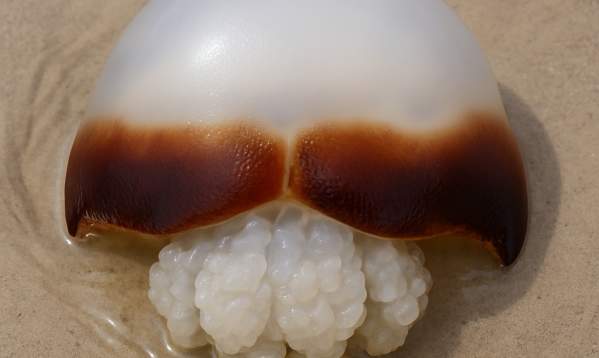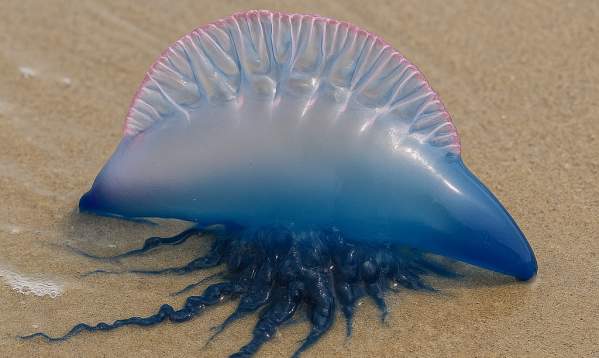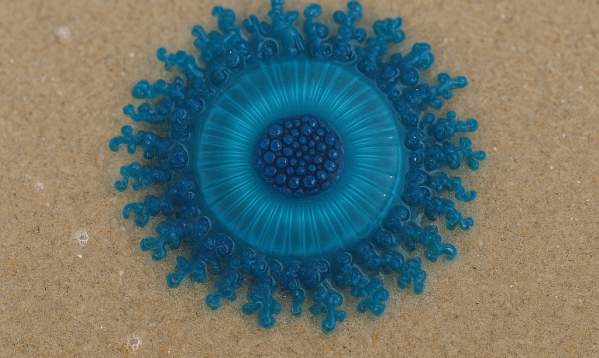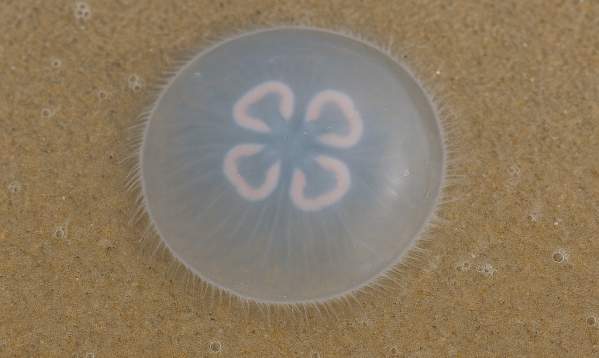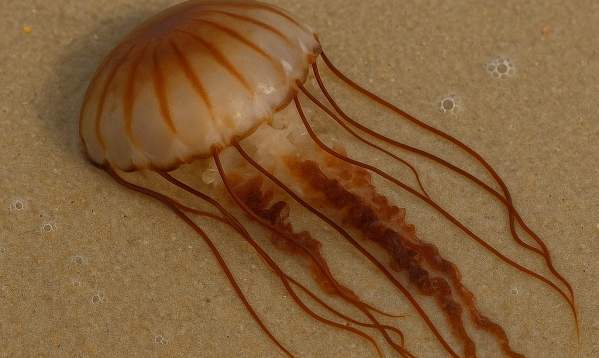A Coastal Guide to Jellyfish Encounters
Port Aransas’ sandy beaches and warm Gulf waters draw visitors year-round. Like any healthy marine environment, the Gulf occasionally brings in jellyfish; these fascinating creatures are part of the natural ecosystem. While their presence can raise questions for beachgoers, the good news is that jellyfish are seasonal and manageable, and Port Aransas beaches remain safe and enjoyable for families.
Species You May See in Port A
The Gulf of Mexico is home to several jellyfish species, but most are harmless or only mildly irritating. The most common types spotted along Port Aransas beaches include:
-
Cannonball Jellyfish – Round, dome-shaped, and usually harmless. Often seen drifting in groups.
-
Portuguese Man-o’-War – Not technically a jellyfish but a siphonophore, with a gas-filled blue float and long tentacles. Their sting can be painful, so keep your distance.
-
Blue Button Jellyfish – Small, striking blue discs that float on the surface. They can cause mild skin irritation but are generally not dangerous.
-
Moon Jellies – These jellyfish have a mild sting and are often seen in large numbers.
- Sea Nettle – These jellyfish have a painful sting and should be avoided, though they are generally not lethal to humans.
Tip: If you see jellyfish washed ashore, admire them from a distance — tentacles may still sting even after they’ve died.
The “Pink Meanie”
Beachgoers in Port Aransas may have noticed a striking newcomer in the waters lately, the pink meanie jellyfish (scientific name Drymonema larsoni). These unusual, cotton-candy colored jellies have been turning heads along the Texas Gulf Coast, appearing in greater numbers than usual.
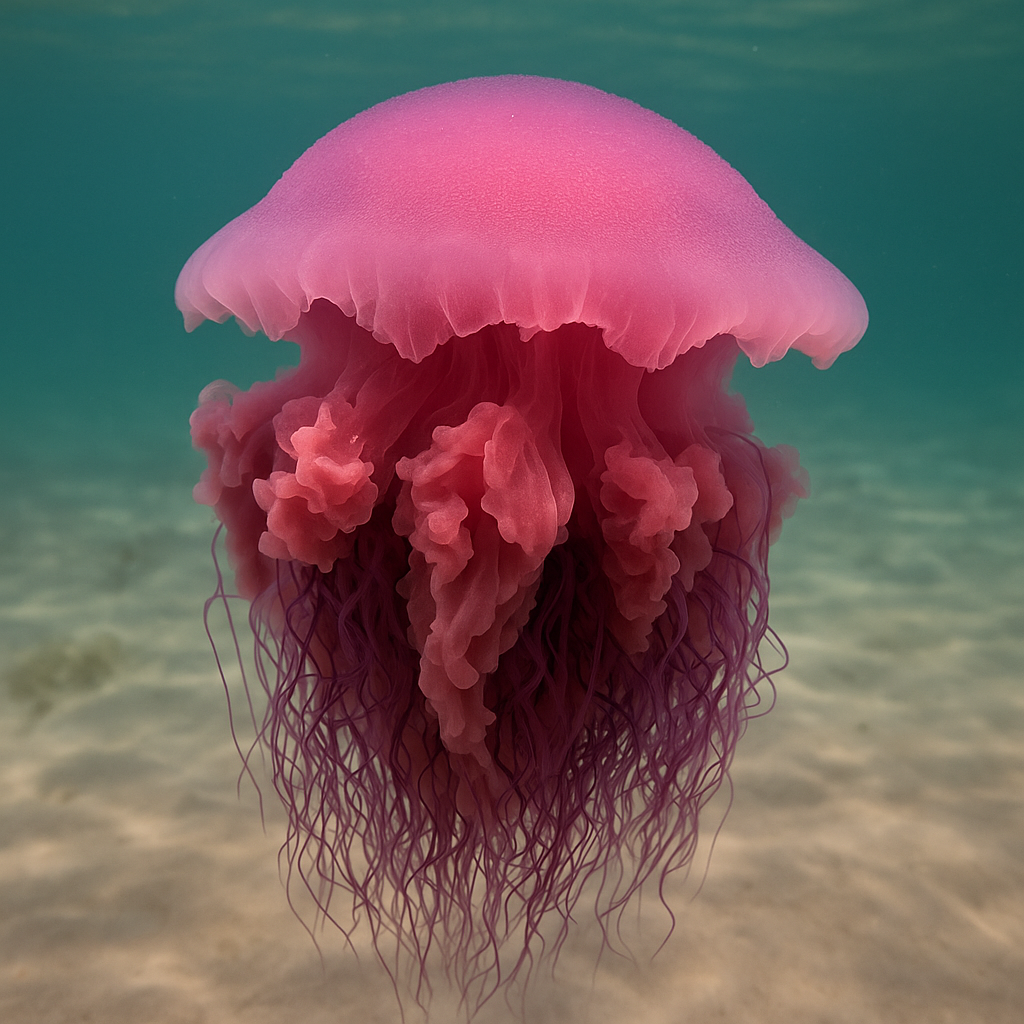
What Makes the Pink Meanie Special
Unlike most jellyfish in the area, the pink meanie is a predatory species that feeds heavily on moon jellyfish, wrapping its long tentacles around its prey and digesting it. With tentacles that can stretch up to 70 feet and bodies weighing up to 50 pounds, it stands out both for its size and vivid pink hue.
Why They’re Showing Up Now
Scientists note that pink meanies tend to bloom when their primary food source, moon jellyfish, is abundant. As moon jellies increase in the Gulf, pink meanies follow. They also prefer warmer waters, which is why sightings typically occur in late summer into early fall.
What This Means for Beachgoers
Although their appearance can be surprising, the pink meanie’s sting is mild; experts rate it about a 2 out of 10 on the pain scale. Still, it’s wise to observe them from a safe distance and avoid touching, especially along the shoreline where tentacles may still sting even if the creature is dead.
When Are Jellyfish Most Common?
In Port Aransas, jellyfish are most often seen from May through October, when warmer waters and shifting tides bring them closer to shore. Numbers typically peak in late summer, though occasional sightings can occur outside this season. While their presence is part of the natural rhythm of the Gulf, jellyfish are not a constant concern, and with a little awareness, beachgoers can enjoy safe, carefree days along the coast year-round.
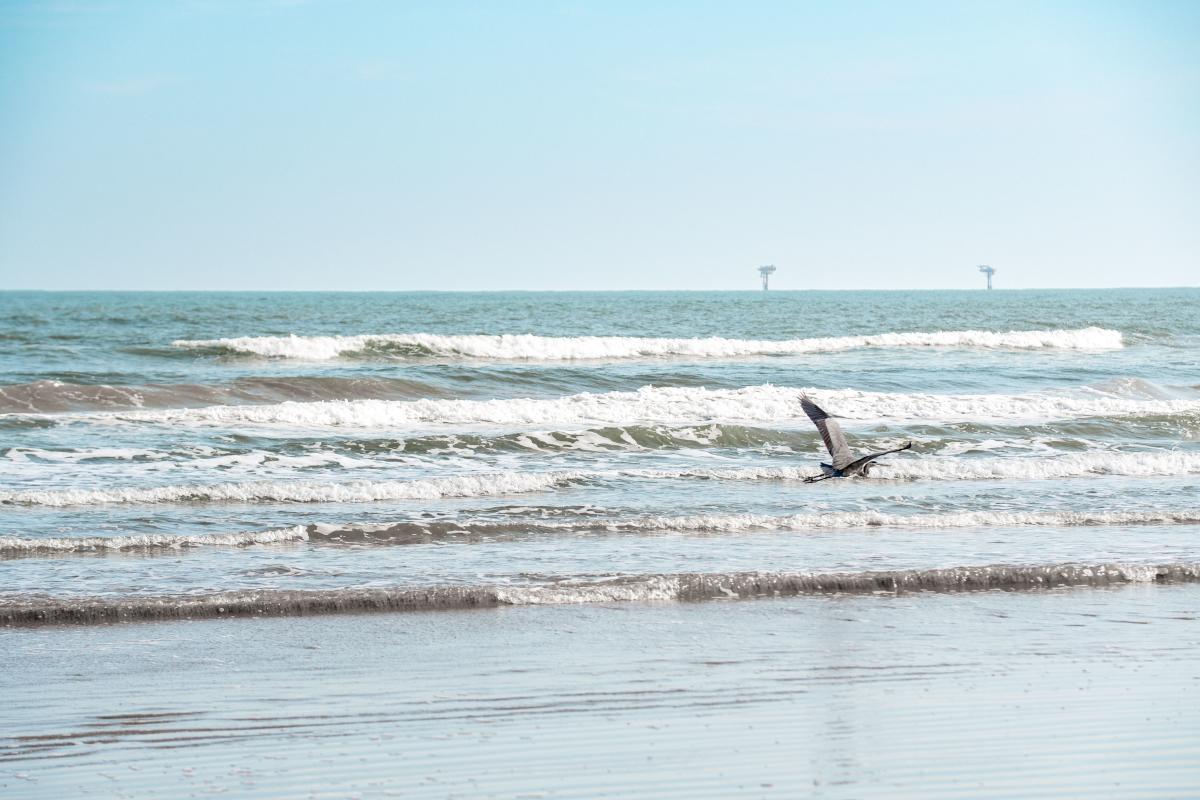
Staying Safe Around Jellyfish
Most jellyfish encounters in Port Aransas can be avoided with a little preparation and awareness. Before swimming, take a quick walk along the shoreline to check for jellyfish or Portuguese man-o’-wars, and always pay attention to the beach warning flags posted by lifeguards. Wearing a rash guard or swim shirt can help reduce skin exposure, and it’s best to avoid touching jellyfish in the water or even those washed up on shore, as tentacles may still sting. By staying alert and following these simple precautions, you can enjoy the Gulf safely and with confidence.
First Aid for Jellyfish Stings
If you experience a jellyfish sting while visiting Port Aransas, the best response is calm, simple care. First, leave the water safely and rinse the area with seawater, rather than freshwater, which can exacerbate the sting. Carefully remove any visible tentacles with a stick, shell, or gloved hand, and then apply vinegar or a baking soda slurry to help neutralize the venom. To ease pain, immerse the affected area in tolerably hot water if available. Most stings are mild and improve with basic care, but if you suspect a Portuguese man-o’-war sting, experience severe pain, or notice signs of an allergic reaction, seek medical attention.
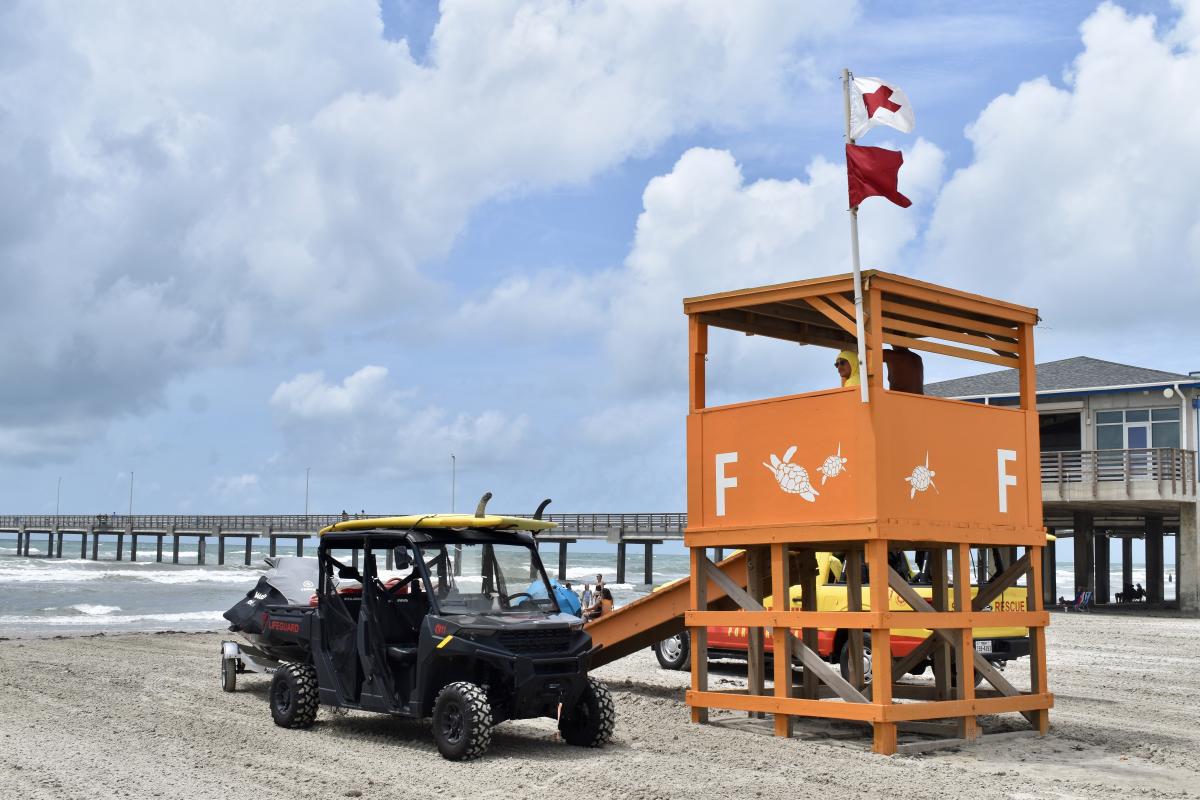
FAQs About Jellyfish in Port Aransas
Are the jellyfish bad in Port Aransas?
No, jellyfish are a natural part of the Gulf ecosystem and are typically present in manageable numbers. Most are harmless or only mildly irritating.
What month are jellyfish most active?
In Port Aransas and much of the Texas Gulf Coast, jellyfish are most common in the late summer months when the waters are warmest.
Is it safe to swim in Port Aransas, Texas?
Yes, thousands of visitors swim safely every year. Lifeguards, beach flags, and local updates help ensure safe conditions.
Can I still swim in Port Aransas if jellyfish are around?
Yes. Most beachgoers swim without issue, even during jellyfish season. Simply stay alert, follow flag warnings, and avoid touching jellyfish in the water or on the beach.
How do I know if jellyfish are in the water?
Check the beach warning flags before swimming; a purple flag indicates hazardous marine life, including jellyfish. You can also scan the shoreline for jellyfish that may have washed up.
Do jellyfish sting if they’re washed up on the beach?
Yes. Even after they’ve washed ashore or appear dead, jellyfish tentacles may still carry venom and can sting if touched. It’s best to look but not touch.




